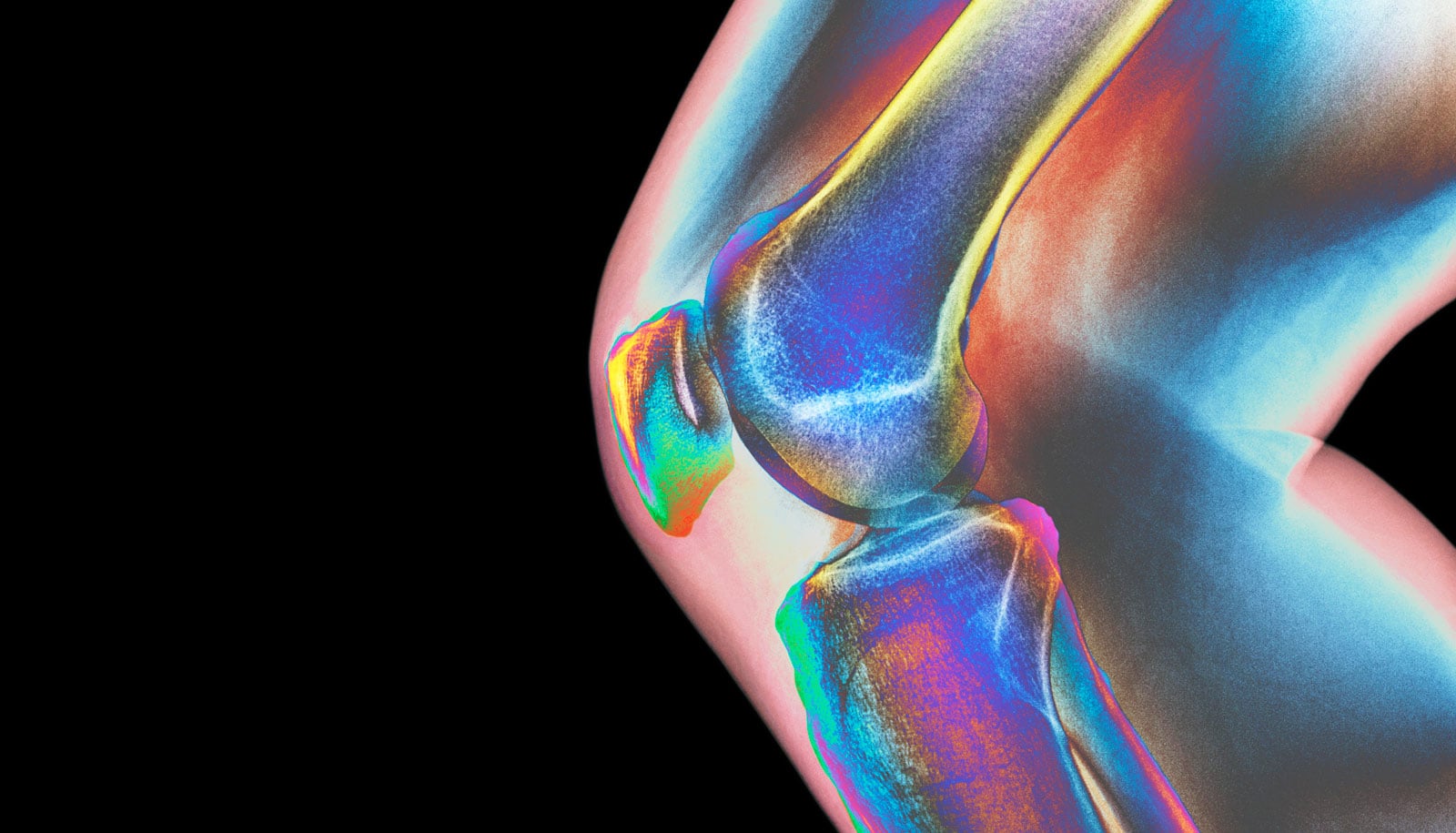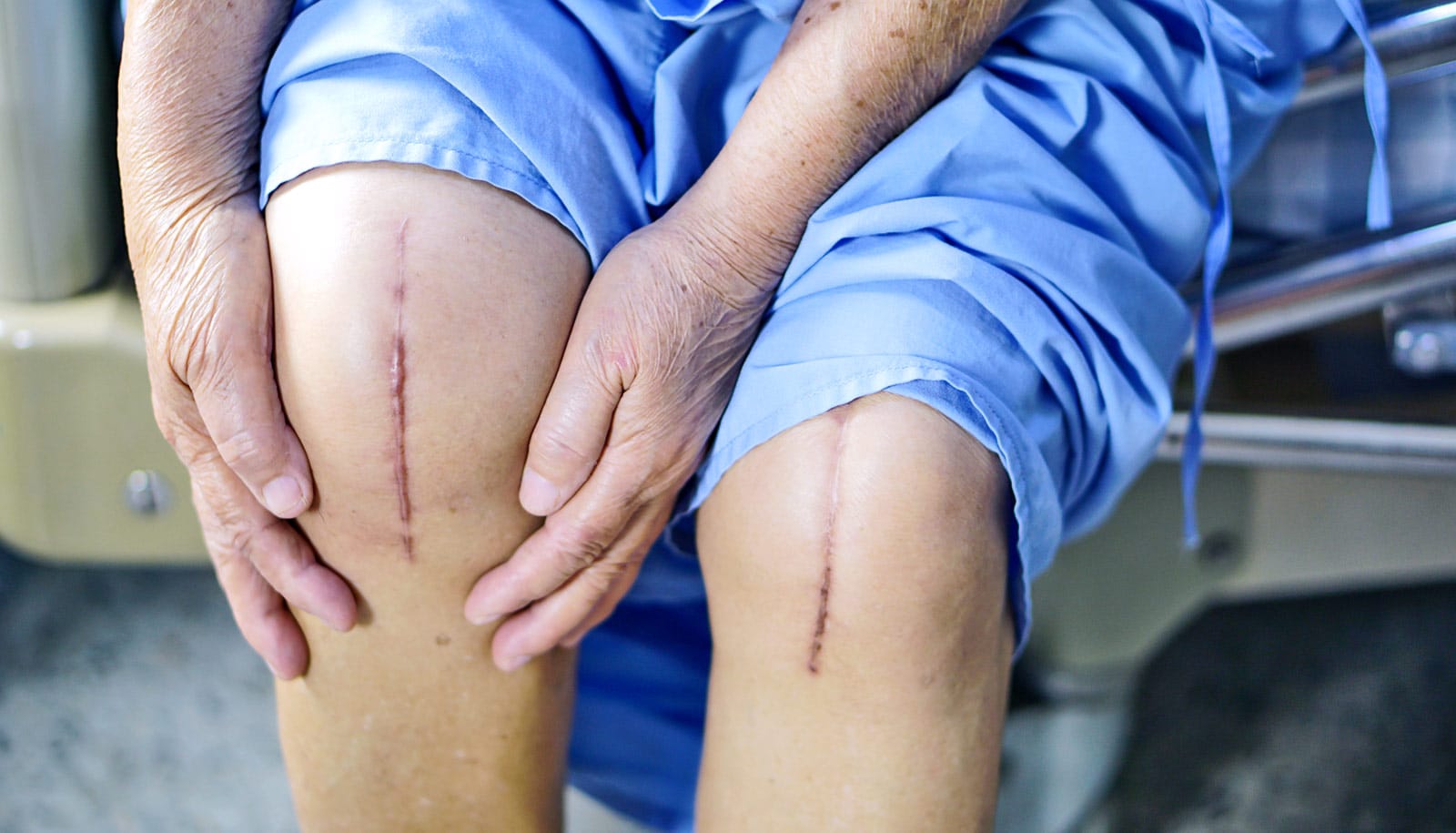Researchers report a new way to deliver treatment for cartilage regeneration.
The nanoclay-based platform for sustained and prolonged delivery of protein therapeutics has the potential to impact treating osteoarthritis, says study leader Akhilesh K. Gaharwar, assistant professor in the biomedical engineering department at Texas A&M University. The degenerative disease affects nearly 27 million Americans and results from breakdown of cartilage that can lead to damage of the underlying bone.
As America’s population ages, osteoarthritis is likely to become a bigger issue. One of the greatest challenges with treating osteoarthritis and subsequent joint damage is repairing the damaged tissue, especially as cartilage tissue is difficult to regenerate.
One method for repair or regeneration of damaged cartilage tissue is to deliver therapeutic growth factors. Growth factors are a special class of proteins that can aid in tissue repair and regeneration. However, current versions of growth factors break down quickly and require a high dose to achieve a therapeutic potential. Recent clinical studies have demonstrated significant adverse effects to this kind of treatment, including uncontrolled tissue formation and inflammation.
In the new study in ACS Applied Materials and Interfaces, Gaharwar’s lab reports designing two-dimensional mineral nanoparticles to deliver growth factors for a prolonged duration to overcome this drawback. These nanoparticles provide a high surface area and dual charged characteristics that allow for easy electrostatic attachment of growth factors.
“These nanoparticles could prolong delivery of growth factors to human mesenchymal stem cells, which are commonly utilized in cartilage regeneration,” Gaharwar says. “The sustained delivery of growth factors resulted in enhanced stem cell differentiation towards cartilage lineage and can be used for treatment of osteoarthritis.”
“By utilizing the nanoparticle for therapeutic delivery it is possible to induce robust and stable differentiation of stem cells,” says Lauren M. Cross, senior author of the study and research assistant in the biomedical engineering department. “In addition, prolonged delivery of the growth factor could reduce overall costs by reducing growth factor concentration as well as minimizing the negative side effects.”
The National Institute of Biomedical Imaging and Bioengineering of the National Institutes of Health and the National Science Foundation supported the work.
Source: Texas A&M University



